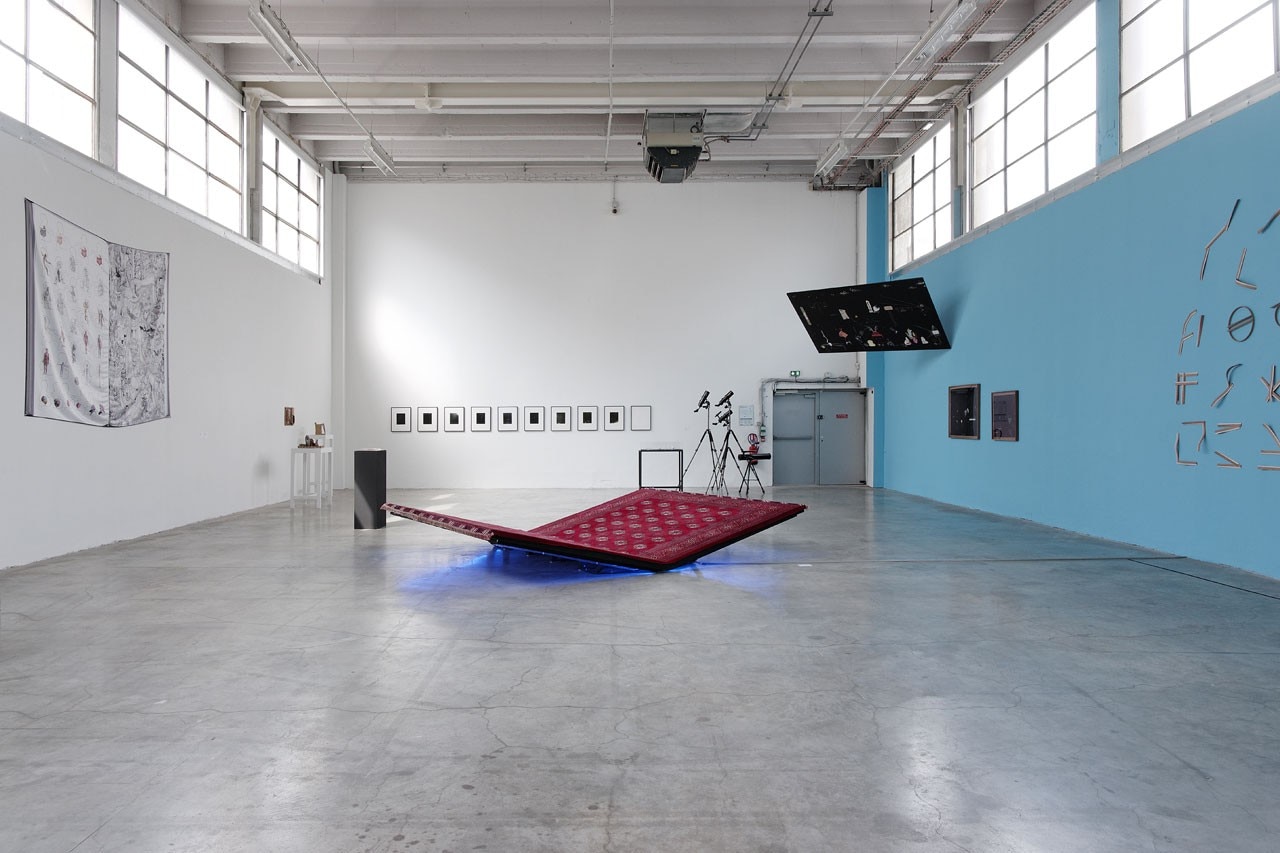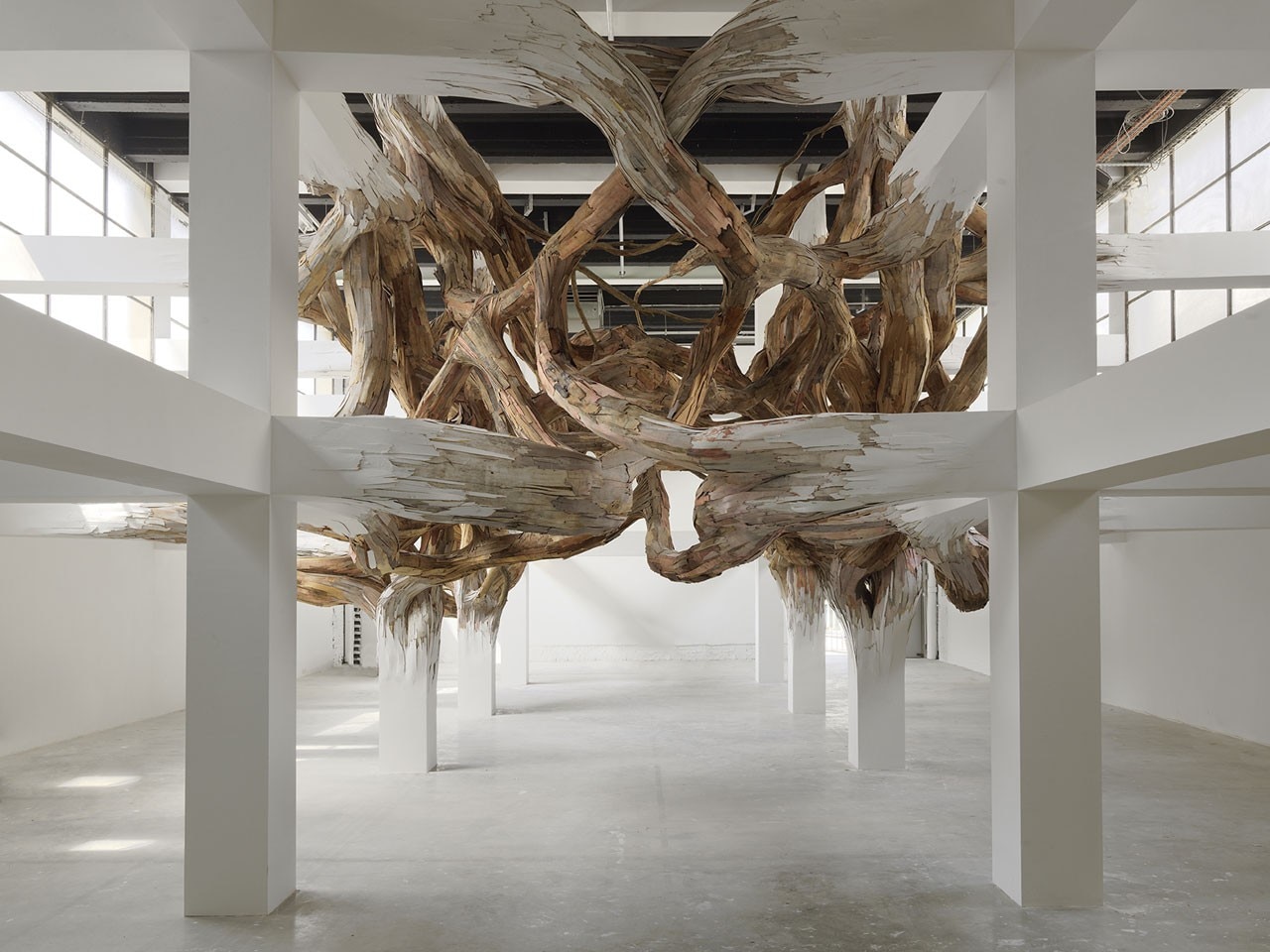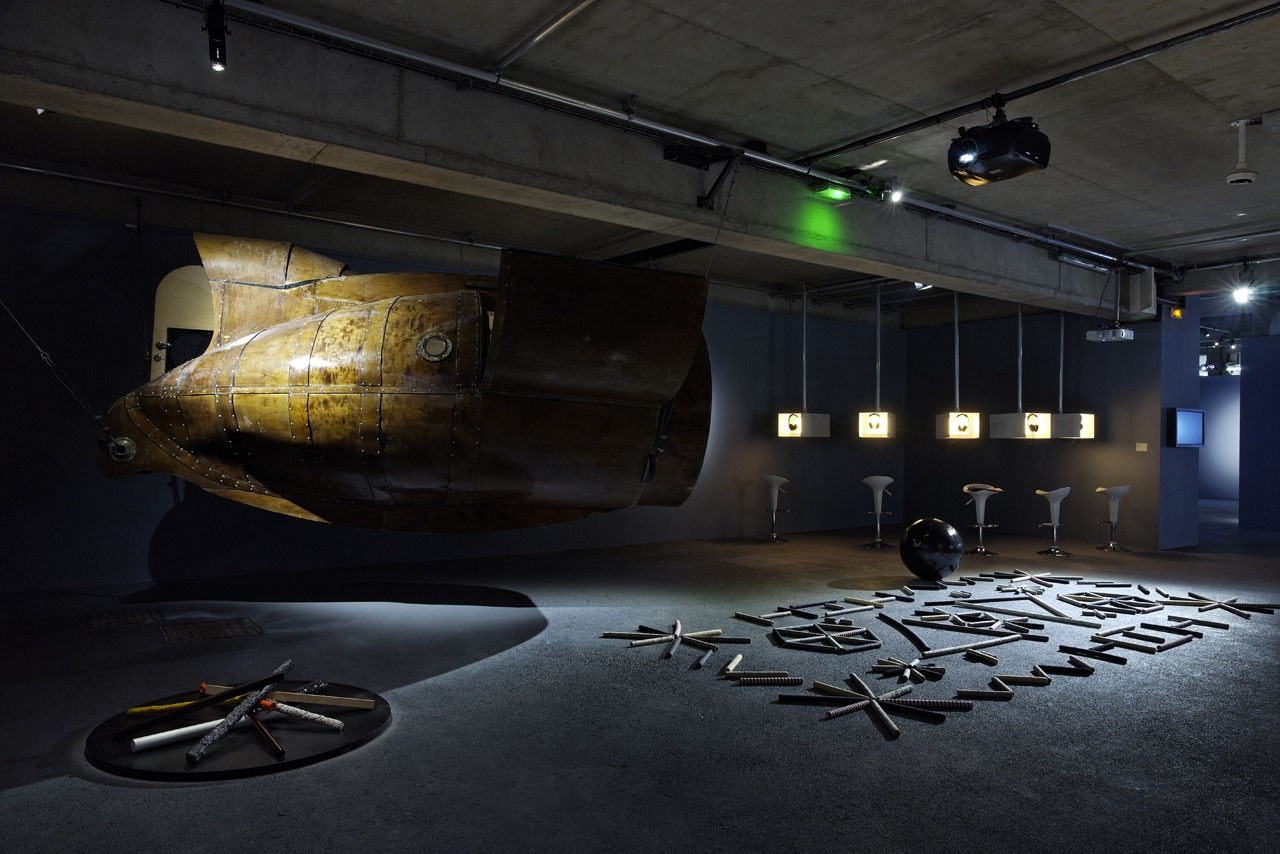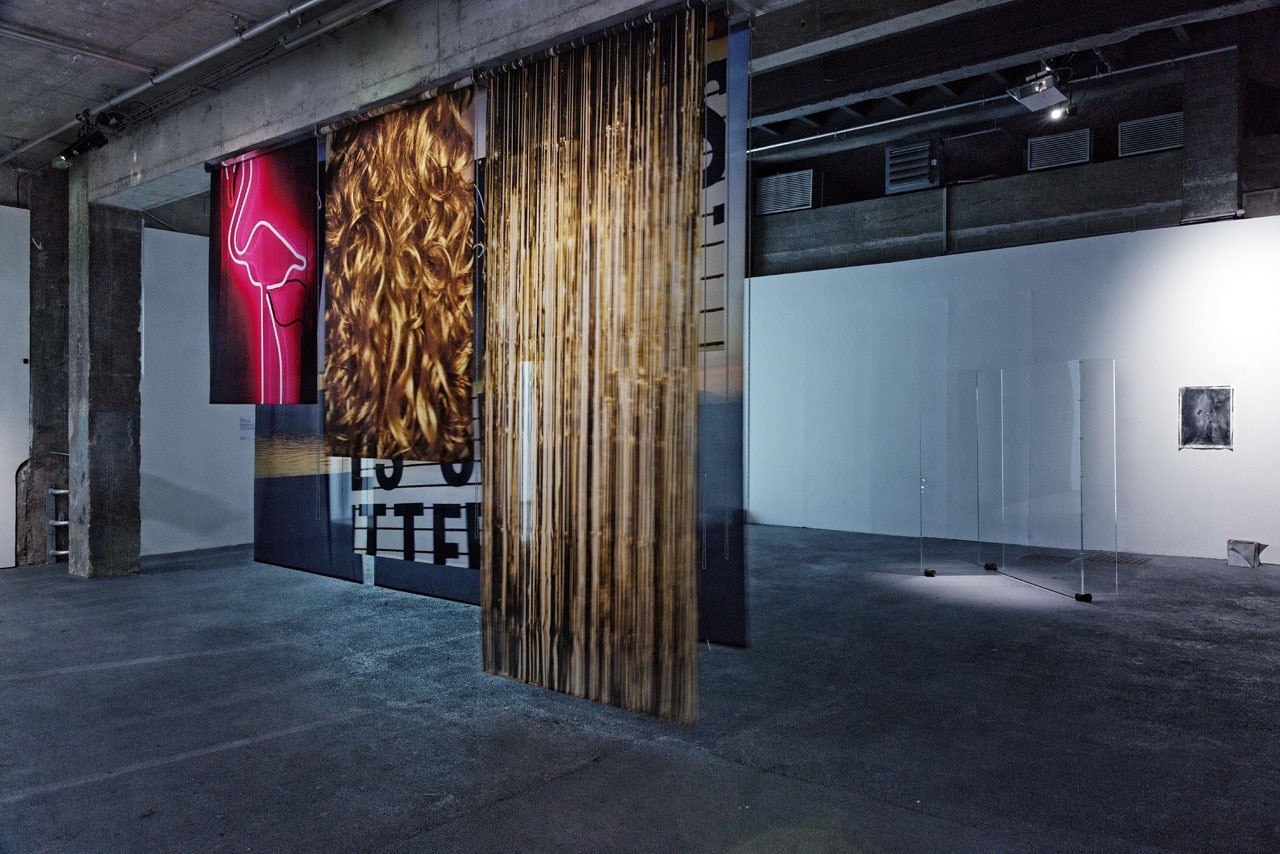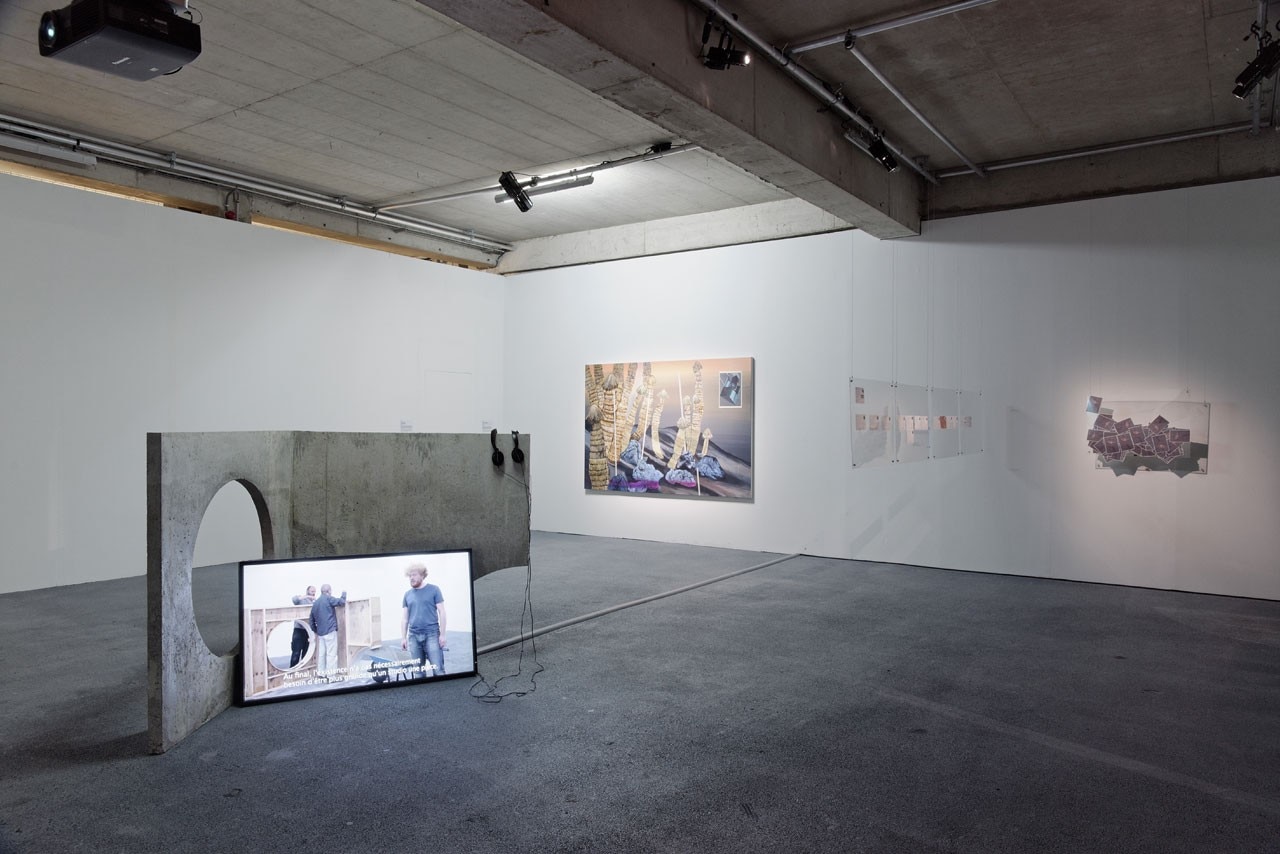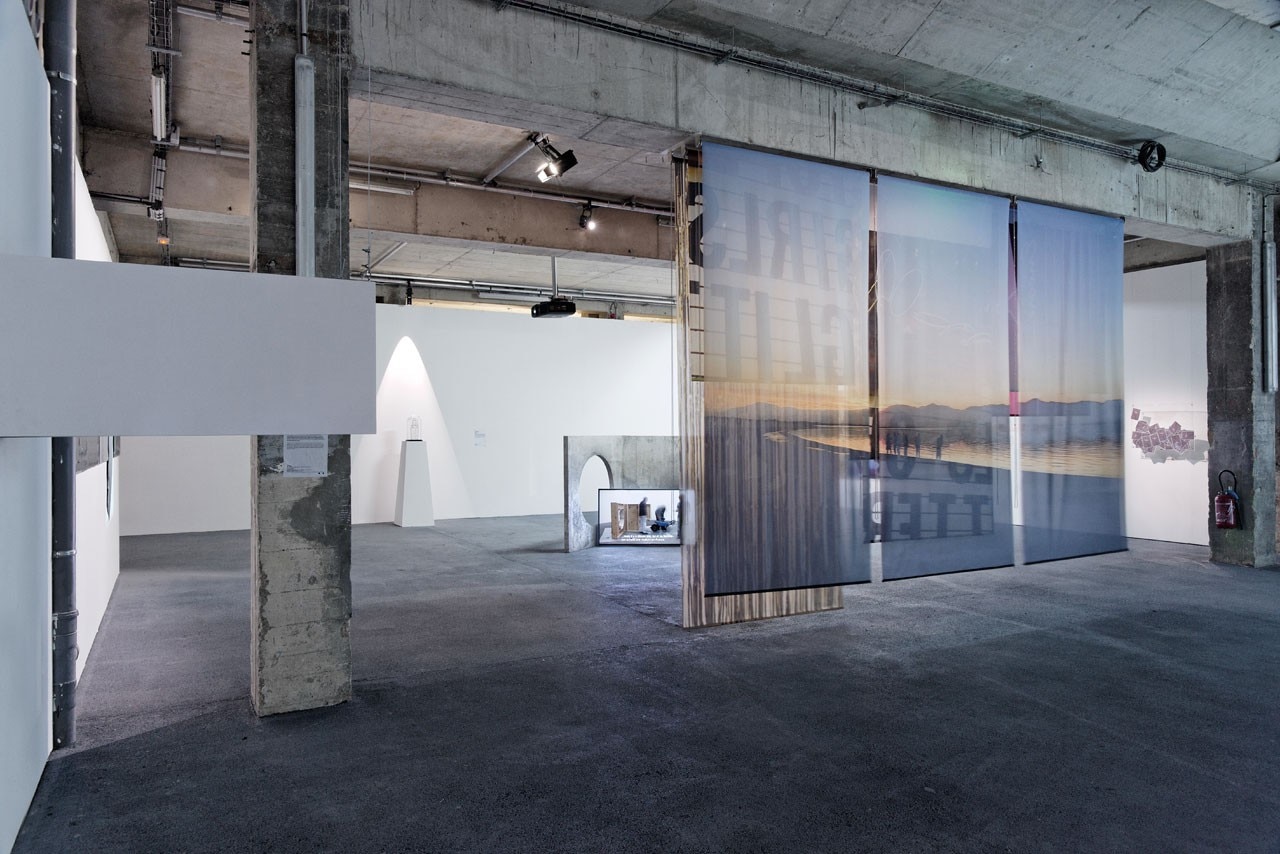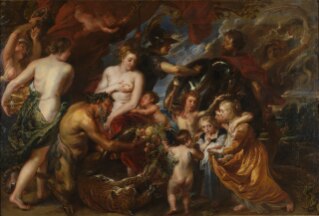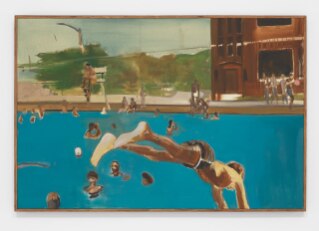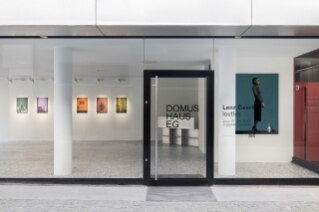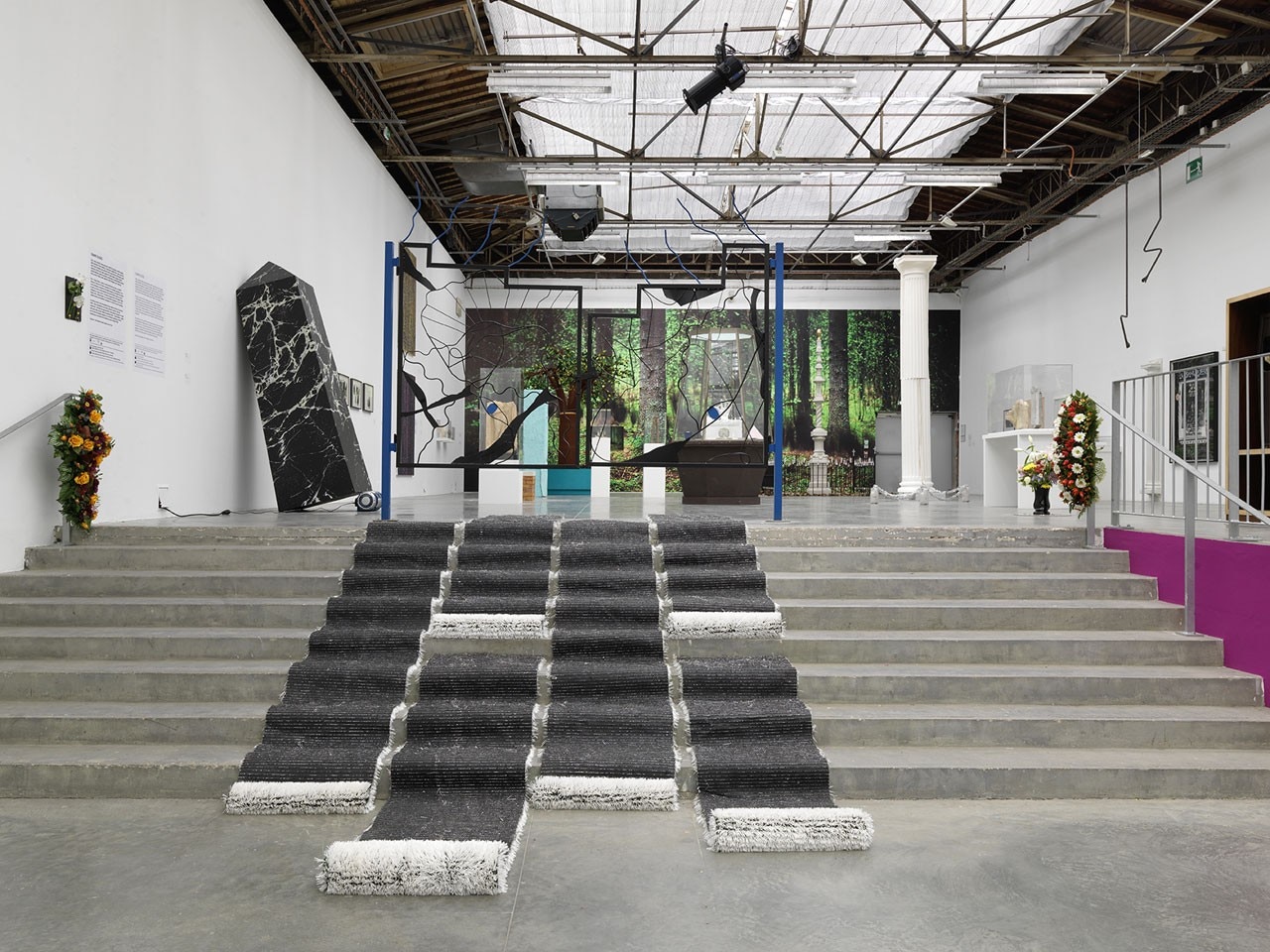
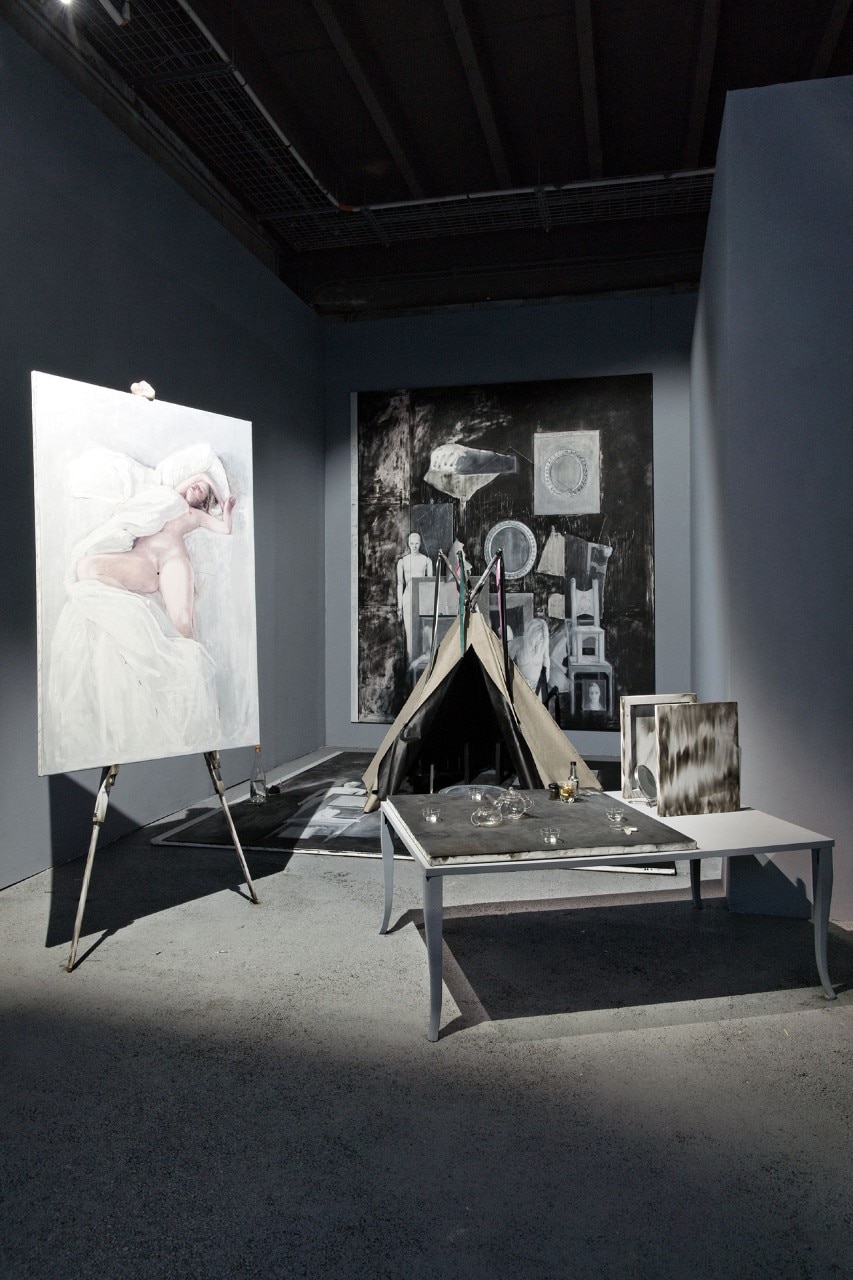
They could be — take your pick — the chapters of a book, titles in a playlist or even just the visible trace of the narcissistic disaster that’s surrounding us. The same pathological origin of the proliferation of private “ego-museums”, which in this case, takes on the guise of a public service, the perfect choice for regenerating confusion and keeping one’s distance from the idea of contemporary, inundating visitors with a shapeless curatorial tsunami.
After the disaster of the entire concept, however, let’s address these beautiful wrecks. There are beautiful works in the exhibition: many extraordinary young people, alongside old artists with their insights that surely would have gotten to the public over time, and logical criteria different from those of the this project’s selection process.
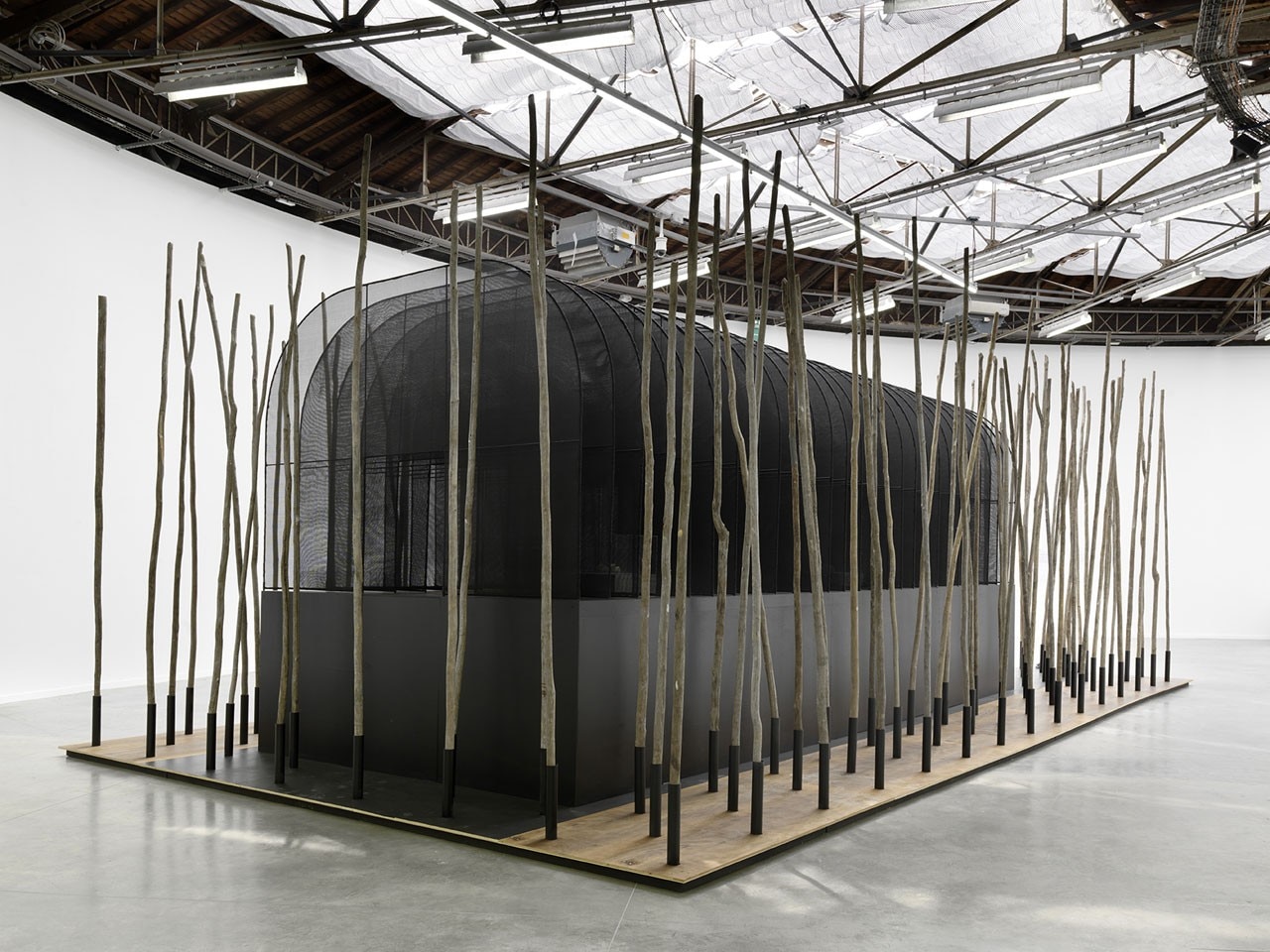
Of course, seeing work by Amirita Sher-Gil, discovering the maquette by Adolf Loos for Josephine Baker’ house or watching a beautiful video by Otolith Group is always a pleasure. Unfortunately, however, even for independent curators there is a world-wide curatorial elite, which suggests behaviours and dictates rules and liturgies.
Dashed and shattered, however, are the wonder and ideology of the Seventies, which grew out of the simplicity of making art. Now, new tutelary deities have come forward: Hans Ulrich Obrist, our own Massimiliano Gioni, Jens Hoffmans who oversaw the splendid Parisian exhibition layout.
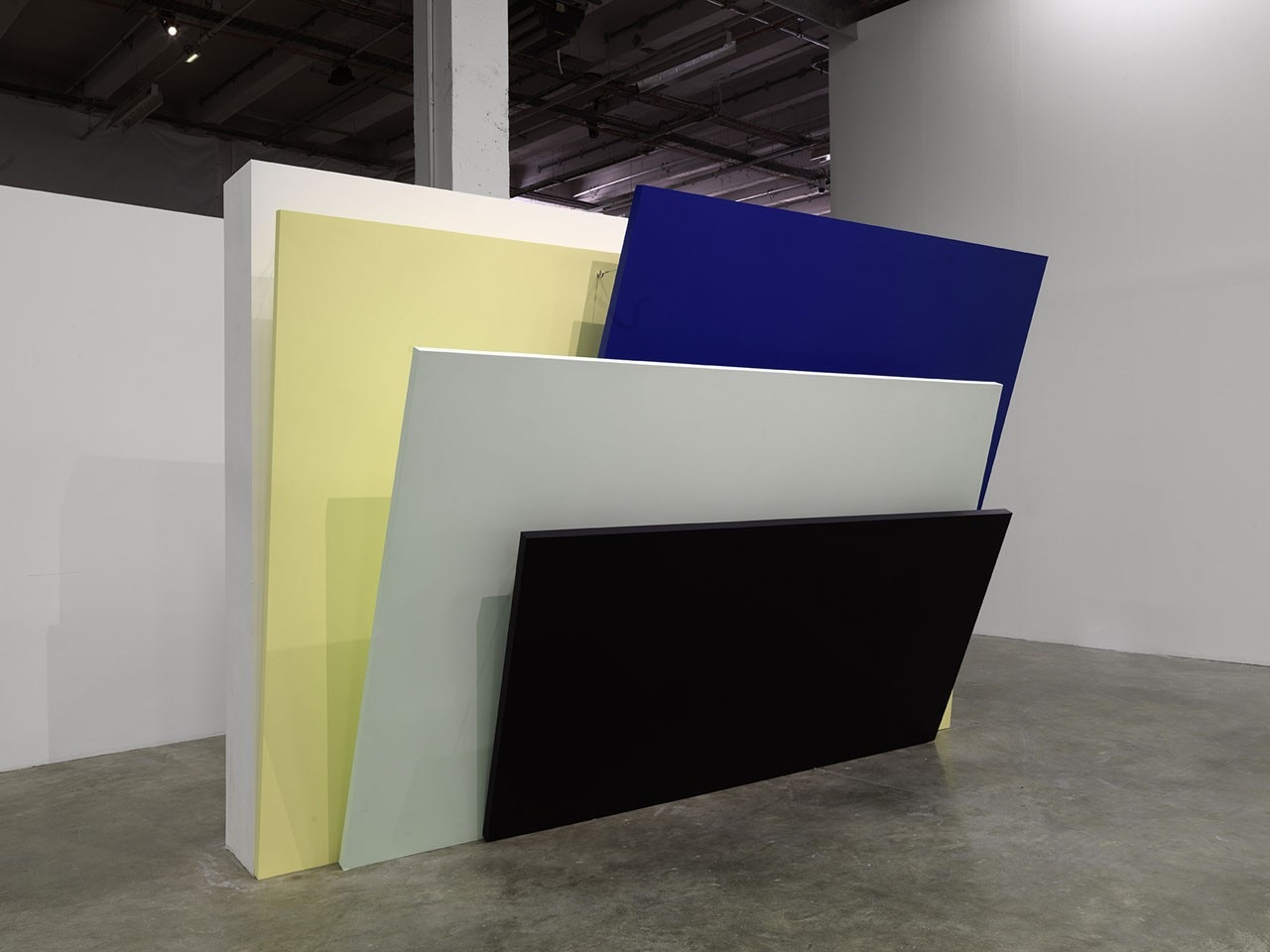
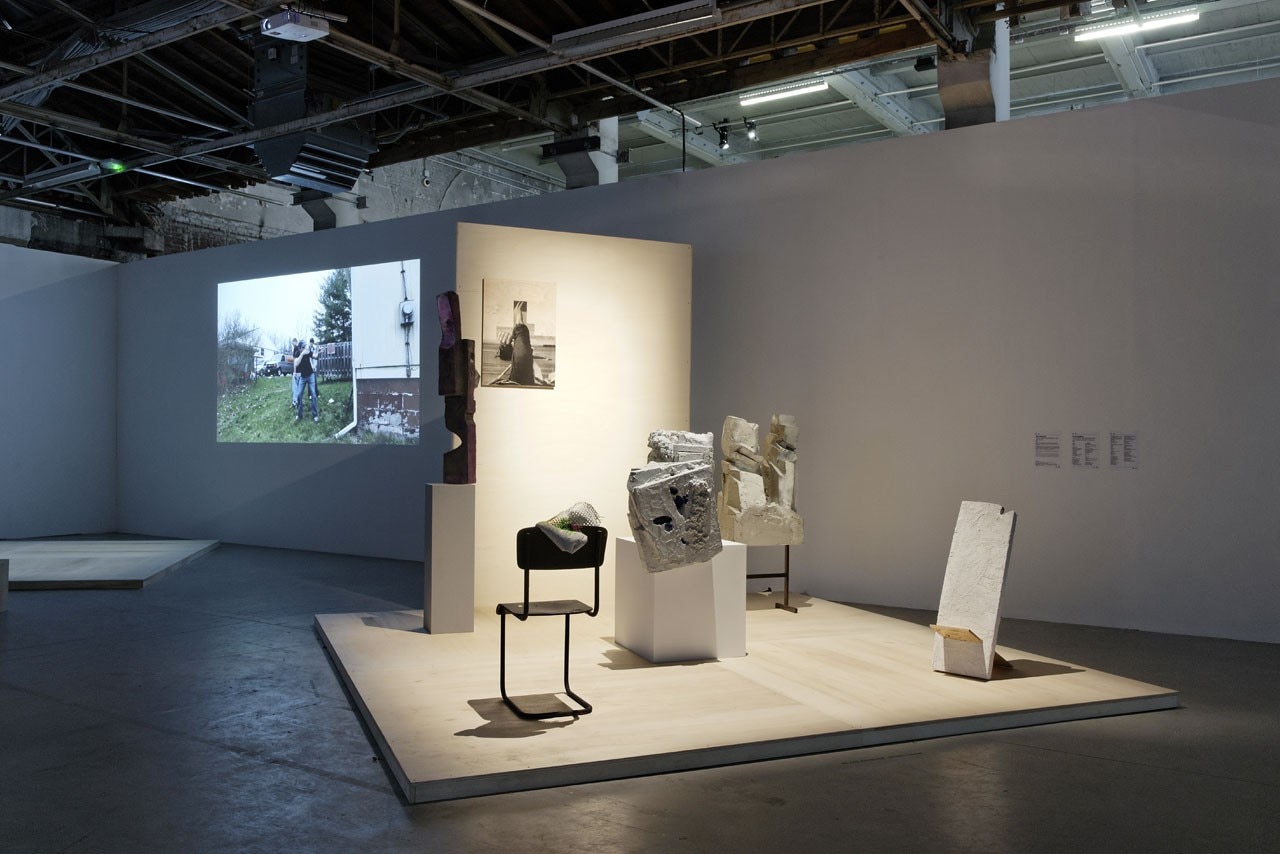
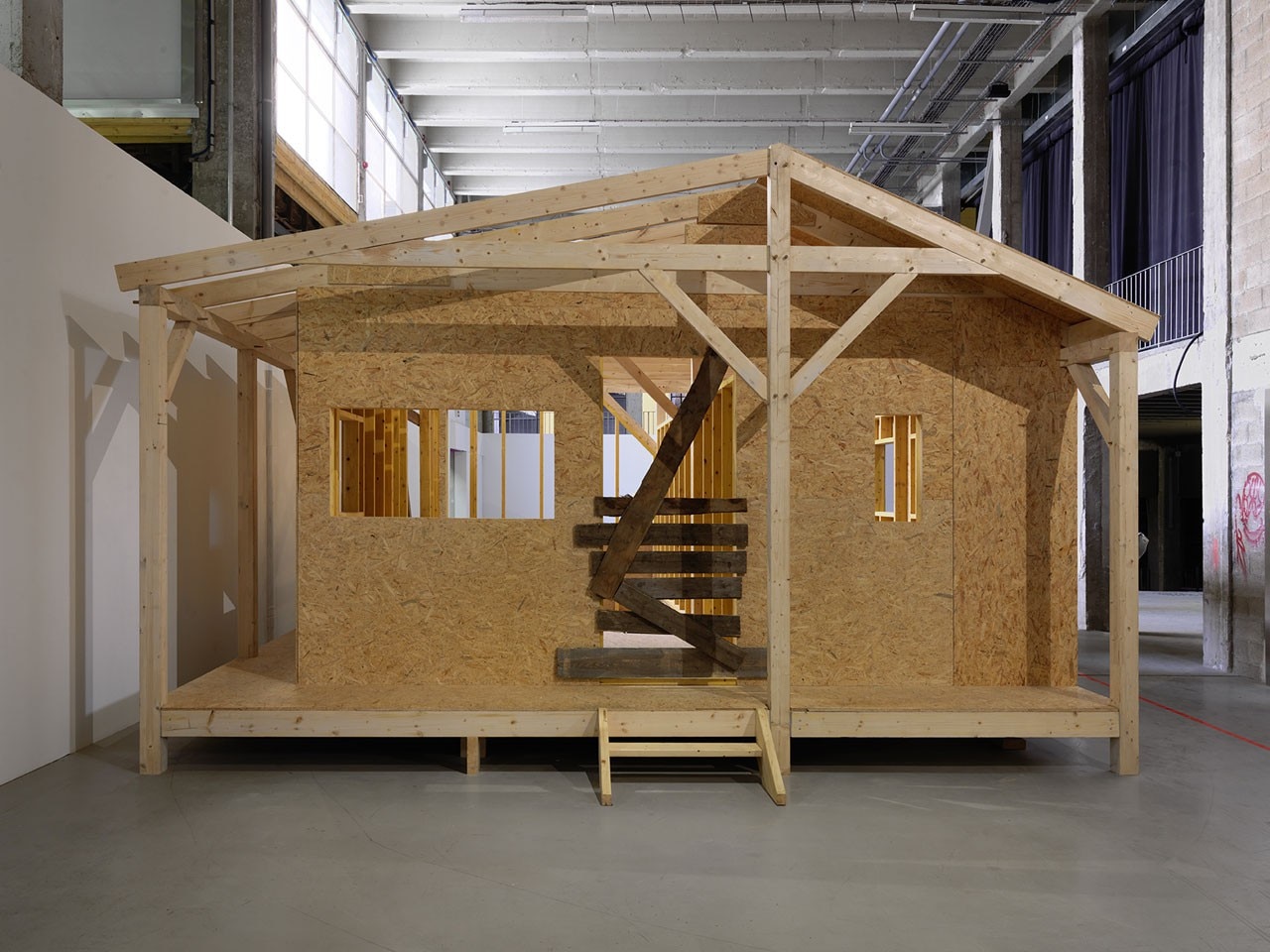
A new, upper-class restaurant has opened at the Palais de Tokyo, the glass windows bear the signatures of Cattelan and Toilet Paper at least a few months and the most beautiful work on display regardless of curatorial perspective is by Estefania Penafiel Loaiza.
Since 2009, she has collected — as if it were a healing potion — the residue of the erasers that she uses in her work. It certainly isn’t Rauschenberg erasing De Koonig, but it’s clear that artists themselves are the best ones at creating antidotes for curators’ use and consumption.
